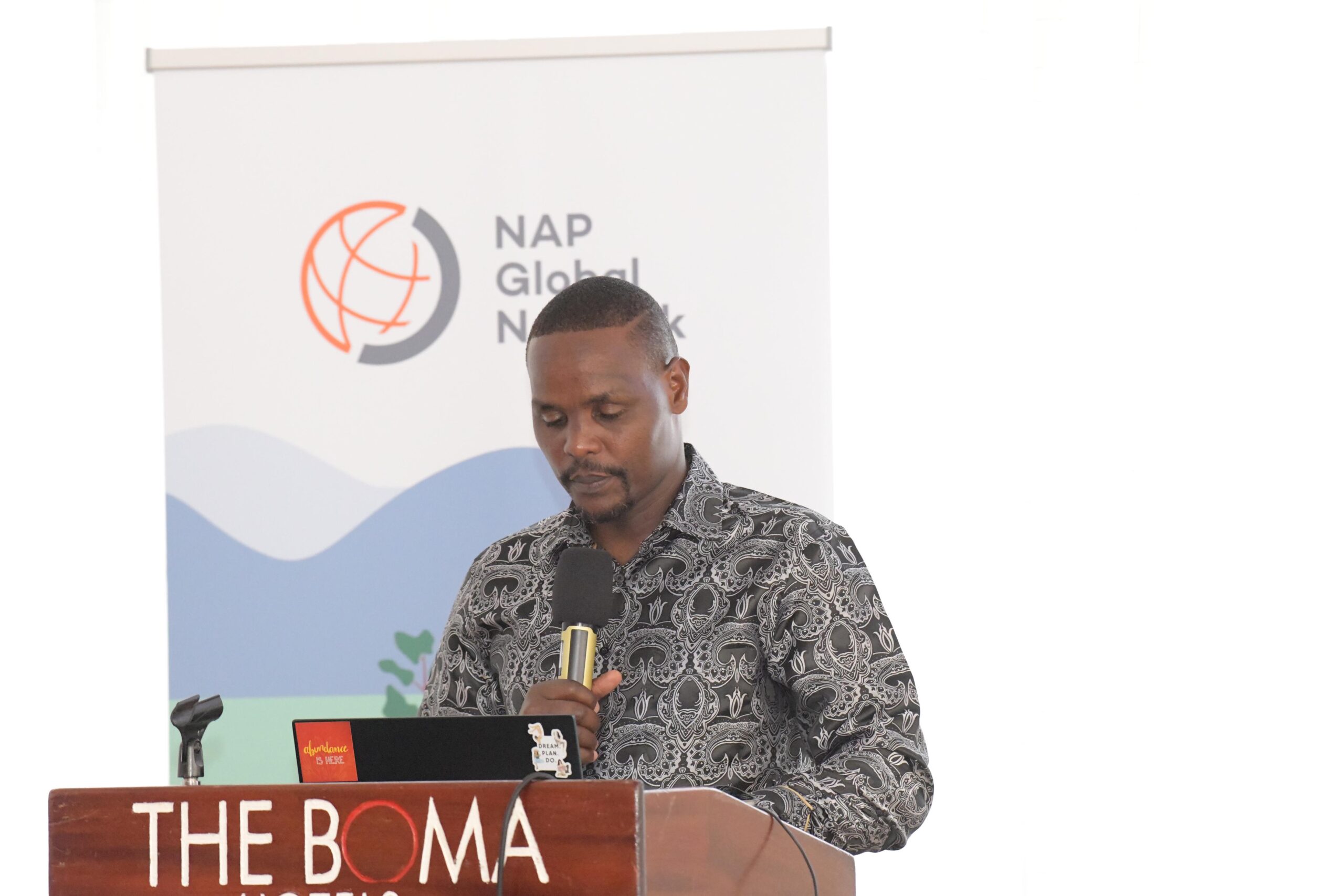By Lenah Bosibori
Nairobi, Kenya: In the arid and semi-arid lands (ASALs) of Marsabit County, Kenya, the battle against climate change is not fought by policy-makers alone. Instead, it’s a joint effort that starts from the ward level.
Janet Ahatho, the Director of Environment and Climate Change in the County shares some of the projects they are spearheading to combat the adverse impacts of climate change in the area that led the community to nearly lose 95 percent of its livestock during the 2022 drought.
“Marsabit County faces unique climate challenges due to its status as an Arid and Semi-Arid Land (ASAL), The region’s predominant economic activity is livestock keeping, with 81 percent of households depending on it. However, recent climate shocks, such as droughts, erratic rainfall, and floods, have severely impacted this sector,” said Ahatho during an interview in Nairobi.

Ahatho was speaking during an international peer learning summit for a Vertical Integration National Action Plan, focusing on involving local communities in climate action. It brought together adaptation experts including national government and sub-national government officials from Belize, The Dominican Republic, The Democratic Republic of Congo, Eswatini, Ethiopia, Ghana, SAo, Tome and Principe, Tuvalu, and Zimbabwe as well as representatives from Kenya.
According to Ahatho, in 2022, a devastating drought resulted in the loss of nearly 95 percent of livestock herds, leaving communities with limited alternatives.
“The consequences of the drought affected our food security, causing malnutrition, hindering children’s education, and straining household chaos. Currently, the County is working closely with communities to address climate change risks through local initiatives, including water projects and capacity building,” added Ahatho.
Despite all the challenges they have faced, new projects and policy action plans have been implemented to help future disasters. “We have been at the forefront to involve the community on how to adopt a participatory climate risk assessment as a key to the community who has little knowledge of climate science,” said Ahatho
“This assessment involves using various tools, such as resource maps, problem trees, and visioning exercises, to empower the community to identify risks and potential solutions,” added Ahatho.
According to Ahatho, the County identifies climate investment priorities through community-led risk assessments and action planning at the ward level which is the lowest administrative unit.
“Local communities work together to propose mitigation strategies called locally-led actions. These strategies focus on water provision, tailored to the community’s needs and adaptive capacity to climate risks. Projects include the construction of mega dams, borehole drilling, and the promotion of multiple water uses for households, livestock, and irrigation,” added Ahatho.
To educate the public, Ahatho said that the County has established the Ward Climate Change Planning Committee at the ward level, to conduct forums and provide a climate change training manual.
“Climate change champions at the ward level help build the capacity of local communities, serving as peer influencers within their communities.
Importantly, the county addresses climate issues in relation to vulnerable populations, including women and people with disabilities. The committees include representatives from these marginalized groups.
Marsabit County is currently running a project called ‘Financing Locally Led Climate Change Action’ which strengthens institutions based on climate priorities identified through community participatory risk assessments. This initiative empowers communities to develop adaptive capacity, showing that climate change is not just a reality but also an opportunity for local action and resilience.
In his speech during the peer Learning Summit on Vertical Integration in the National Adaptation Plan (NAP) Process, Festus Ng’eno Principal secretary of the State Department of Environment and Climate Change in the Ministry of Environment, Climate Change and Forestry said that Kenya is expanding climate finance to the lowest administrative unit that is the ward level.
“We must proactively prioritize systemic transformation through inclusive legislation and policies. Kenya is expanding climate finance decentralization to the lowest administrative unit which is the ward level. This is a priority for the government of Kenya,” said Ng’eno.














